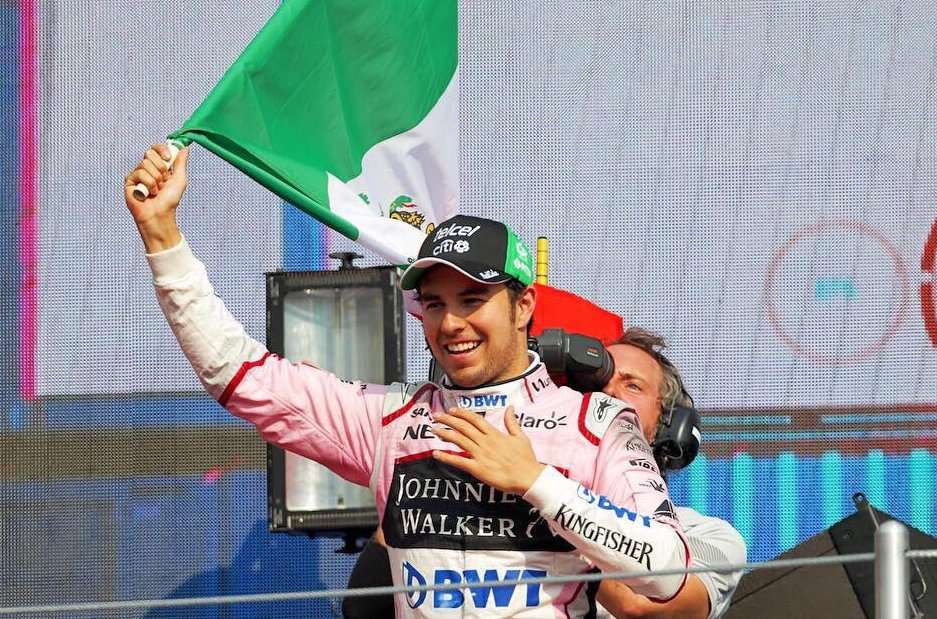
Six Mexican drivers have competed in Formula 1. From Ricardo Rodriguez to Sergio Perez, we take a look at the star drivers who’ve enthralled the partisan crowd at the Mexican Grand Prix.
The Mexican Grand Prix has never ventured from its current site. Previously known as Magdalena Mixhuca, the track was renamed Autodromo Hermanos Rodríguez to honour the brothers who ignited a passion for Formula 1 in Mexico.
Ricardo Rodriguez first competed in F1 at the 1961 Italian Grand Prix, racing for Ferrari. At 19 years of age, he became the Scuderia’s youngest ever driver – a record which has not yet been surpassed. He impressed on début, qualifying on the front row of the grid alongside the ill-fated Wolfgang von Trips but ultimately, after battling for the lead, retired from the race with mechanical troubles.
Nevertheless, the Mexican’s talent was clear and Ferrari placed him in their cars again throughout the 1962 season, with him finishing a best of fourth at Spa Francorchamps, and also finishing as runner-up in the non-championship Pau Grand Prix.
1962 Mexican Grand Prix
Ferrari opted not to enter the 1962 Mexican Grand Prix, the first running of a Grand Prix in Rodriguez’s homeland. The race was a non-championship event, but Ricardo was unwilling to miss it, and instead drove a Lotus-Climax for Rob Walker’s privateer team.
In later years, the circuit would become famous for its ferocious Peraltada corner – a corner which caught out the local hero in practice for the first race. Rodriguez had a reputation for being wild and fearless, and Ferrari had only used his services at select rounds in 1962 for that exact reason.
The inaugural Mexican Grand Prix would end in tragedy, as Rodriguez was killed after suffering multiple injuries in a heavy crash at the Peraltada turn. Rodriguez had carried too much speed into the corner during the final moments of qualifying, while attempting to better Jim Clark’s lap time. There remains some contention over what exactly caused the crash – whether it was pure driver error or mechanical failure.
Rodriguez wasn’t the only Mexican in the pack for the inaugural Grand Prix in the country. Moises Solana was also in attendance, racing a Bowmaker Lotus. Solana withdrew due to his car being unsatisfactorily slow, despite qualifying quicker than a number of other competitors. He said he didn’t have a chance of winning in the car, so decided not to race – though it’s believed he actually pulled out of the event out of respect to his countryman Rodriguez. Solana continued to appear in F1, exclusively at the Mexican and U.S. races, up until his own untimely death in 1969. He’d reach the end of three of the eight Grands Prix which he entered and, despite some good qualifying performances, never scored a point; finishing a best of tenth on home soil in 1964.
Pedro Rodriguez
Despite the fatal crash of Ricardo Rodriguez, and a bizarre confusion at the start of the race which saw marshals still on the grid when the race was started, the Mexican Grand Prix was granted championship status for 1963. Solana wasn’t the main Mexican star driver in the following years. That honour went to Ricardo’s older brother, Pedro.
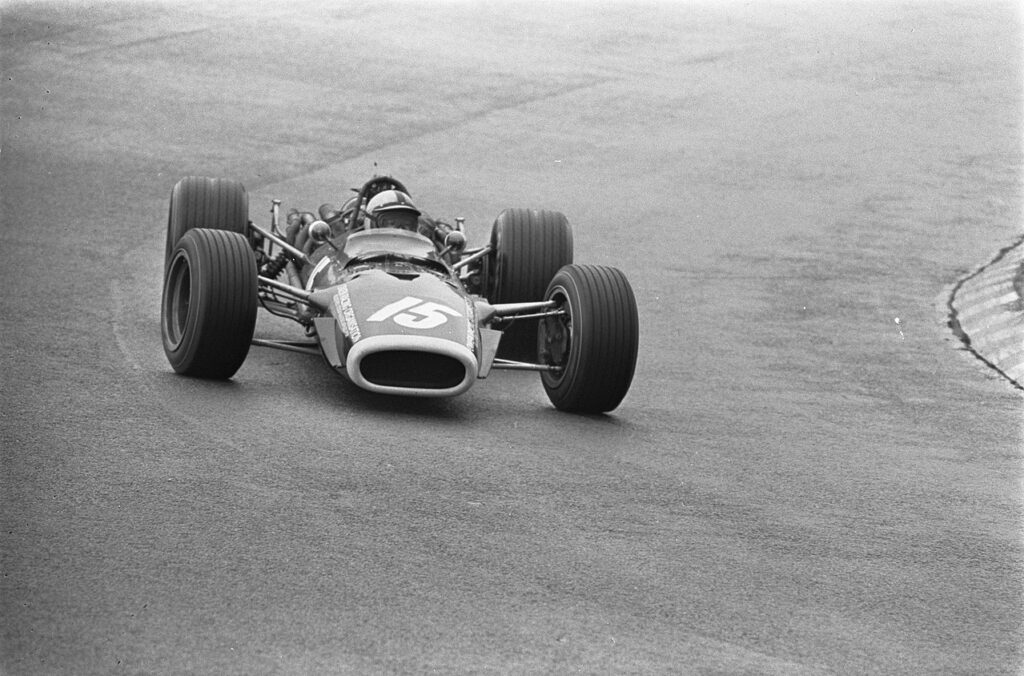
Pedro Rodriguez was just as talented as his brother, and his results soon started proving that. He partook in the U.S. and Mexican Grands Prix in 1963, 1964 and 1965, and raced in an additional two rounds in 1966. In 1967, he was offered a one race deal with the Cooper team for the season-opening South African Grand Prix. Qualifying fourth, Rodriguez went on to win the event, finishing half a minute ahead of local driver John Love. Rodriguez later went on to win the 1970 Belgian Grand Prix, and took a further five podium finishes, the majority of which came in the 1968 season. It was also in 1968 that Rodriguez would score his best home result, finishing fourth and just 0.44 seconds behind third placed Jackie Oliver.
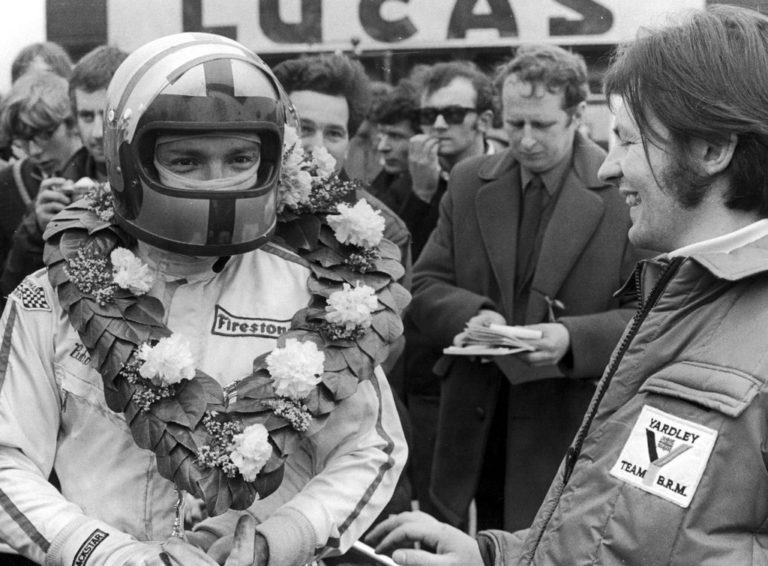
Did you know?
Pedro Rodriguez always carried the Mexican flag with him, along with a recording of the Mexican national anthem. He did this because organisers were not prepared for his win at the 1967 South African Grand Prix, and instead played the Jarabe Tapatio music on the podium.
Popularity problems
It’s fair to say Mexican fans were pretty passionate about their racing, especially their local hero Rodriguez, and the passion began to get out of hand in the late sixties. The problems had become apparent in 1968. Civil unrest meant that crowd control was carried out by unarmed policemen and track marshals, instead of the military police who had kept fans safe in previous years. By the end of the Grand Prix, a number of fans had made their way out onto the track.
By 1970, 200,000 fans flocked to the circuit to watch the drivers speed around the track. The circuit simply couldn’t support such a large number of people, and the crowd soon caused chaos by moving beyond their allocated areas. Fences were torn down and bottles were thrown on track. Jackie Stewart and Rodriguez had even been sent out on track to plead with the crowd to stay back behind the fences. Autocourse say the track was effectively lined with a ‘human guardrail’, but the race went ahead after an hour’s delay. Stewart would suffer misfortune in the Grand Prix, as he hit a dog which had wandered onto the circuit. With his car out of control, the Scotsman narrowly avoided a bank where people were sitting to watch the race.
The event had become a victim of its own success, and the danger presented to fans and drivers couldn’t continue. The organisers had secured money to be able to offer better crowd control for the following season, though interest in holding the event waned following the death of Pedro Rodriguez in a sportscar crash at the Norisring in Germany. The 1971 Mexican Grand Prix was cancelled as a result, and subsequently disappeared from the calendar.
The Mexican drought
With the race off the calendar, there’d be just one other Mexican driver in Formula 1 in the next forty years. That was Hector Rebaque, who never raced when the Mexican Grand Prix was on the calendar. Rebaque became the most experienced Mexican driver in F1 with 41 starts over five seasons, a record which would only be beaten by Sergio Perez in 2013. His best season came in his final year in the sport, 1981, in which he scored eleven points and finished tenth in the Drivers’ Championship. The Mexican was somewhat unlucky, never scoring a podium yet finishing fourth on three occasions in 1981.
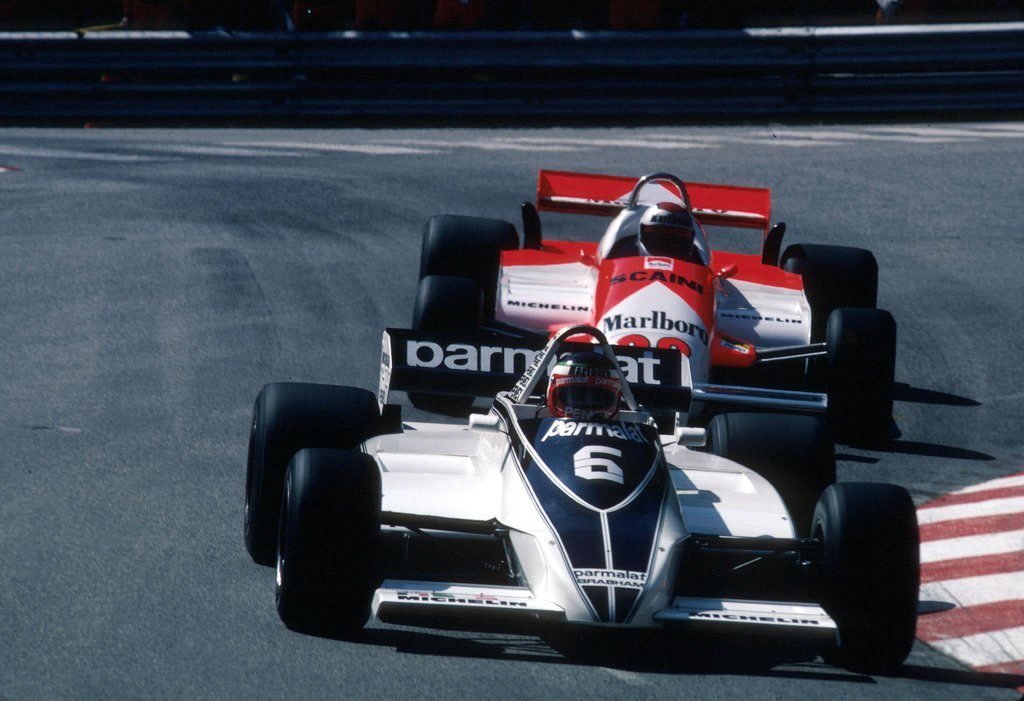
The Mexican Grand Prix returned in the mid-eighties on a revamped and refreshed track, and was held every season from 1986 to 1992. During that time, the circuit provided some memorable moments, including Gerhard Berger and Benetton’s first F1 victory in 1986 and Nigel Mansell’s daring overtake on Berger at the Peraltada on the penultimate lap in 1990. 1992 would see the last race in Mexico for some years, a mix of a deteriorating track and pollution problems saw F1 leave the country once again.
Rebirth
Sergio Perez joined the Formula 1 fold in 2011. Perez impressed in his first seasons in the sport, scoring three podium finishes with Sauber in 2012 – including a near-win at the Malaysia Grand Prix. The results saw him move to McLaren for 2013, but a disappointing year saw him back in the mid-field for 2014 at Force India, the team he’s raced for ever since. While yet to break back out of the midfield, Perez has scored five podiums with the Silverstone-based team, and his popularity was enough to ensure the return of the Mexican Grand Prix was a success.
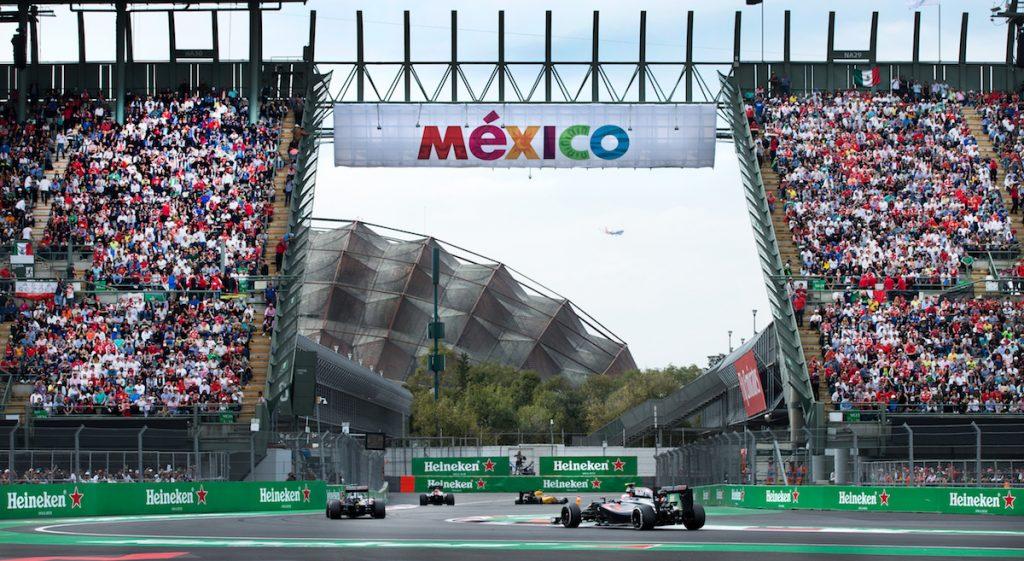
A few months after Perez made his début, revival plans for the Mexican Grand Prix were already being discussed, but it wouldn’t return until 2015, after a major redesign courtesy of Hermann Tilke. The configuration of the track now includes a unique stadium section. The event was run for the first time in 23 years in 2015, with new home hero Perez on the grid.
The cheers for Perez in the stadium section of the track are often audible above the V6 engines. Perez has never failed to score at his home event, and finished a best of seventh in both 2017 and 2019. Now racing with Red Bull, who’ve had impressive pace at the circuit in recent seasons, the Mexican stands a real chance of a home podium result, or better, in 2021. At the 2020 Sakhir Grand Prix, Perez became the first Mexican driver to win in Formula 1 in over fifty years.
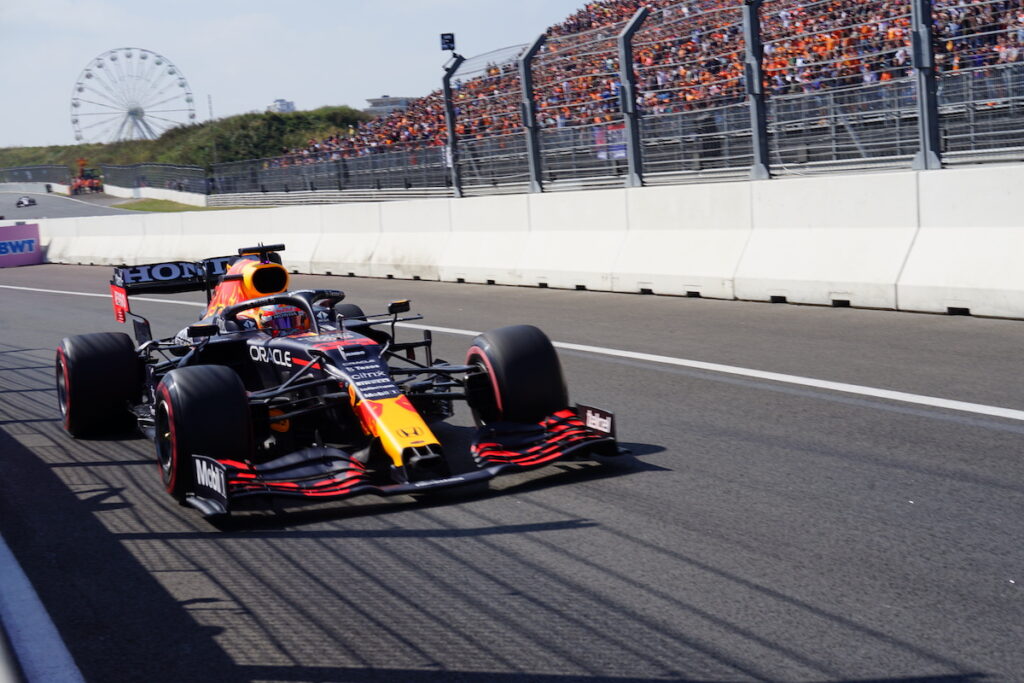
In 2013, Esteban Gutierrez became the sixth and latest Mexican to compete in Formula 1. He raced for Sauber for two seasons, then returned with Haas in 2016. That year’s Mexican Grand Prix therefore marked the first time that two Mexicans had entered their home event in the same season since Ricardo Rodriguez and Moises Solana competed at the first event.
While Mexico continues to wait for its first World Champion, the event at the Autodromo Hermanos Rodriguez remains popular and interest shows no sign of slowing down, with over 300,000 fans attending the track over the 2017 Mexican Grand Prix weekend, making it the third most attended race of the season, behind Canada and Britain. The promoter has also won the ‘Promoter of the Year’ award for the past three consecutive years at the FIA’s annual Prize Giving Gala.


